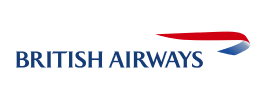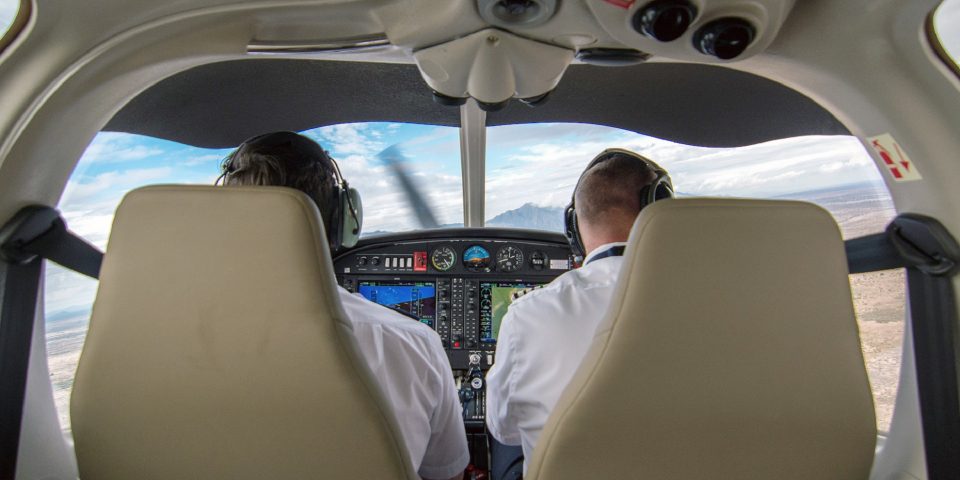1: Research pilot schools and commercial airline pilot training programs
What does it take to become a commercial pilot and how can you begin your career as soon as possible? One of the first steps to becoming a commercial pilot is to research commercial airline pilot training programs and flight schools.
As part of a world-leading, global aviation business, our cadets have access to the latest training technologies and systems to aid them during their commercial airline pilot training.
Our Florida Flight School is well equipped with over 90 aircraft and five Flight Training Devices, but aside from our facilities, we have a reputation in the industry for having friendly, approachable staff who provide outstanding training on how to become a pilot in the US.
If you want to learn more about how to become a pilot in Florida, we hold and attend regular events across the country where you can meet the team and get a feel for life at British Flight Academy.


































